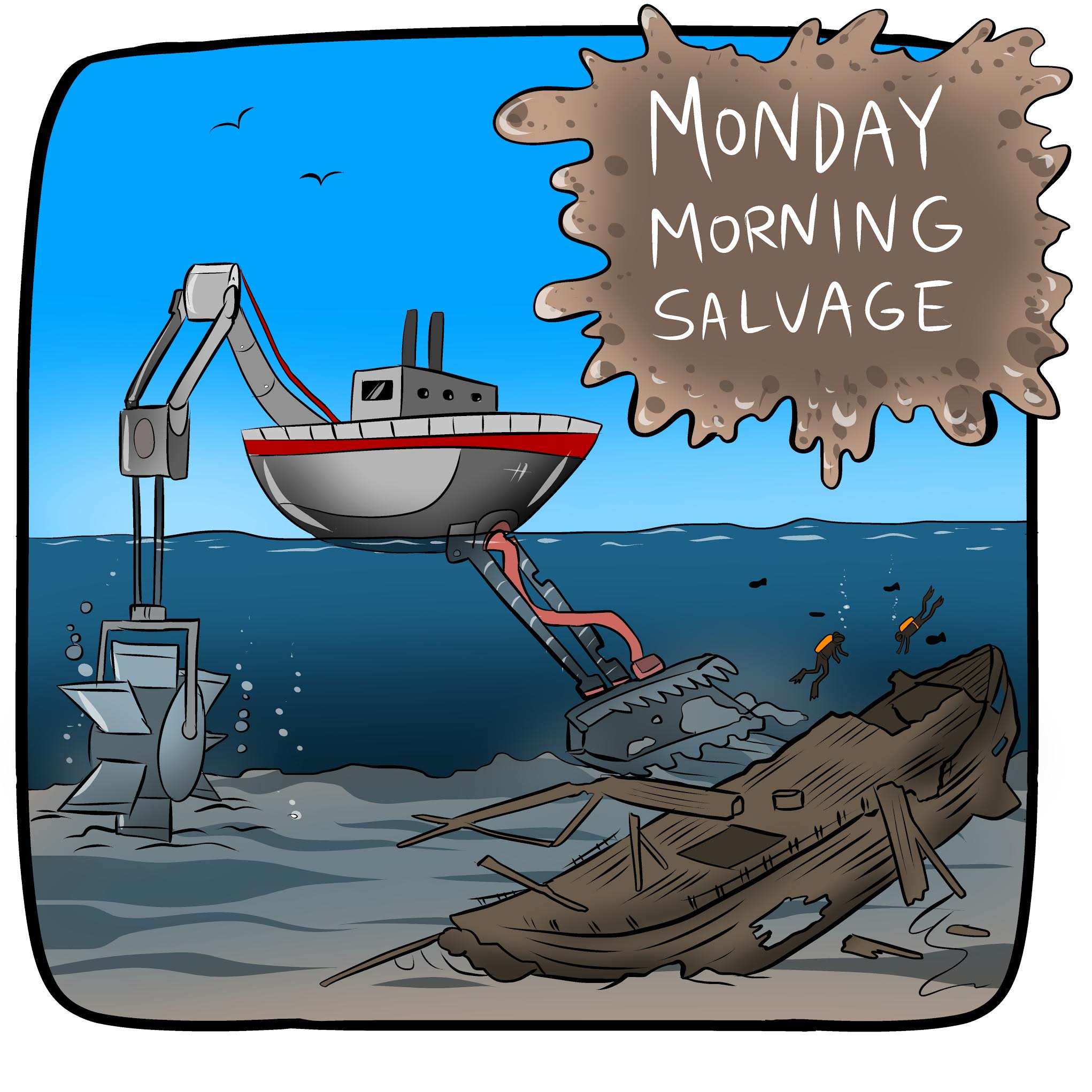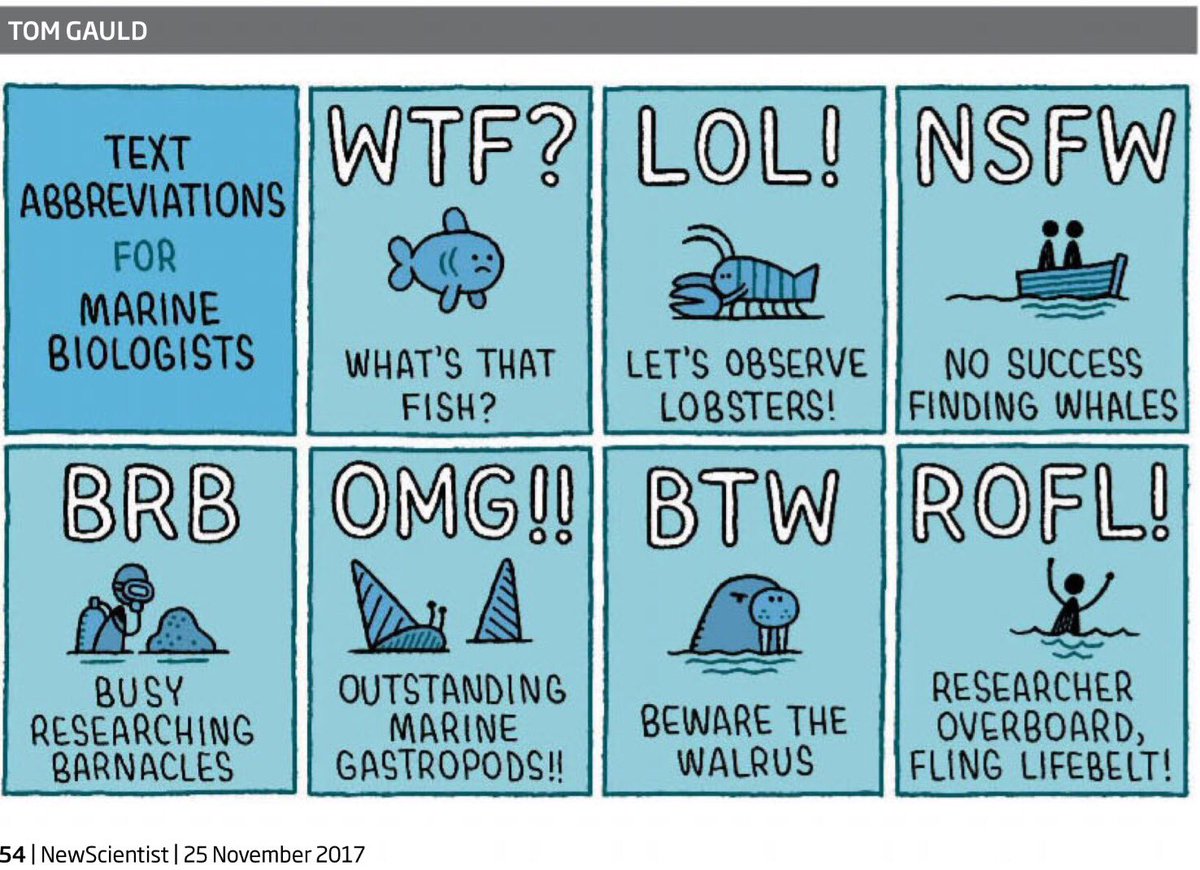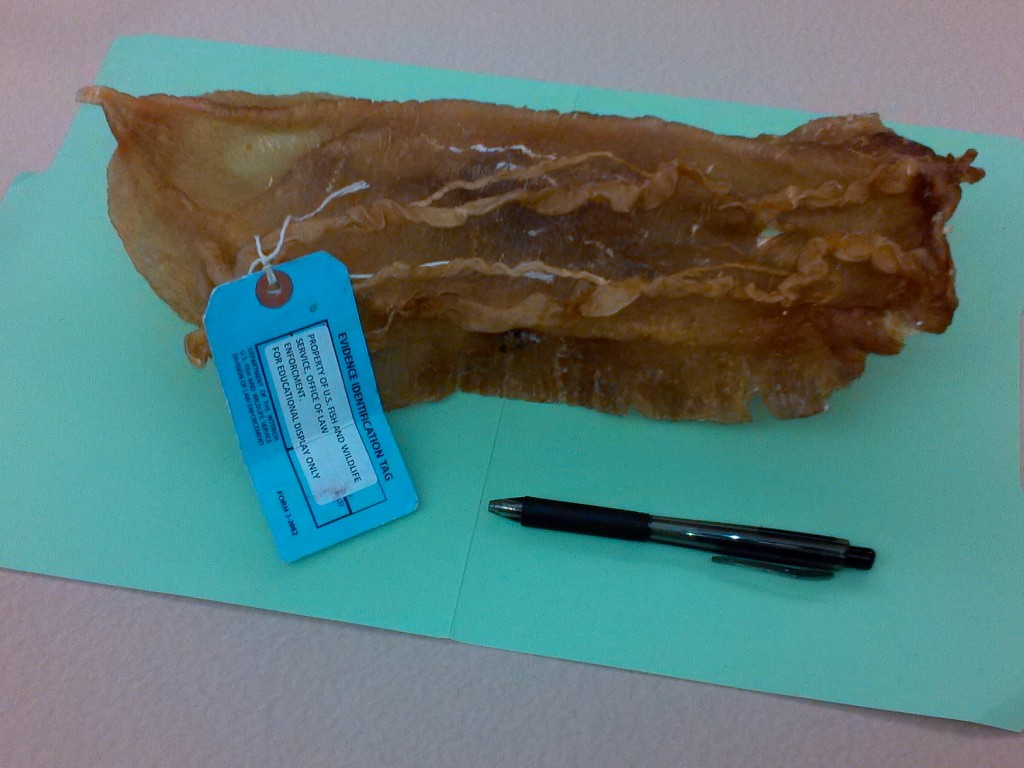
Fog Horn (A Call to Action)
- In Port Moresby this Wednesday? The University of Papua New Guinea is hosting a public lecture and panel on experimental seabed mining in the Bismark Sea.
Flotsam (what we’re obsessed with right now)
- Text abbreviations for marine biologists. Courtesy of New Scientist. via Francis Villatoro.


